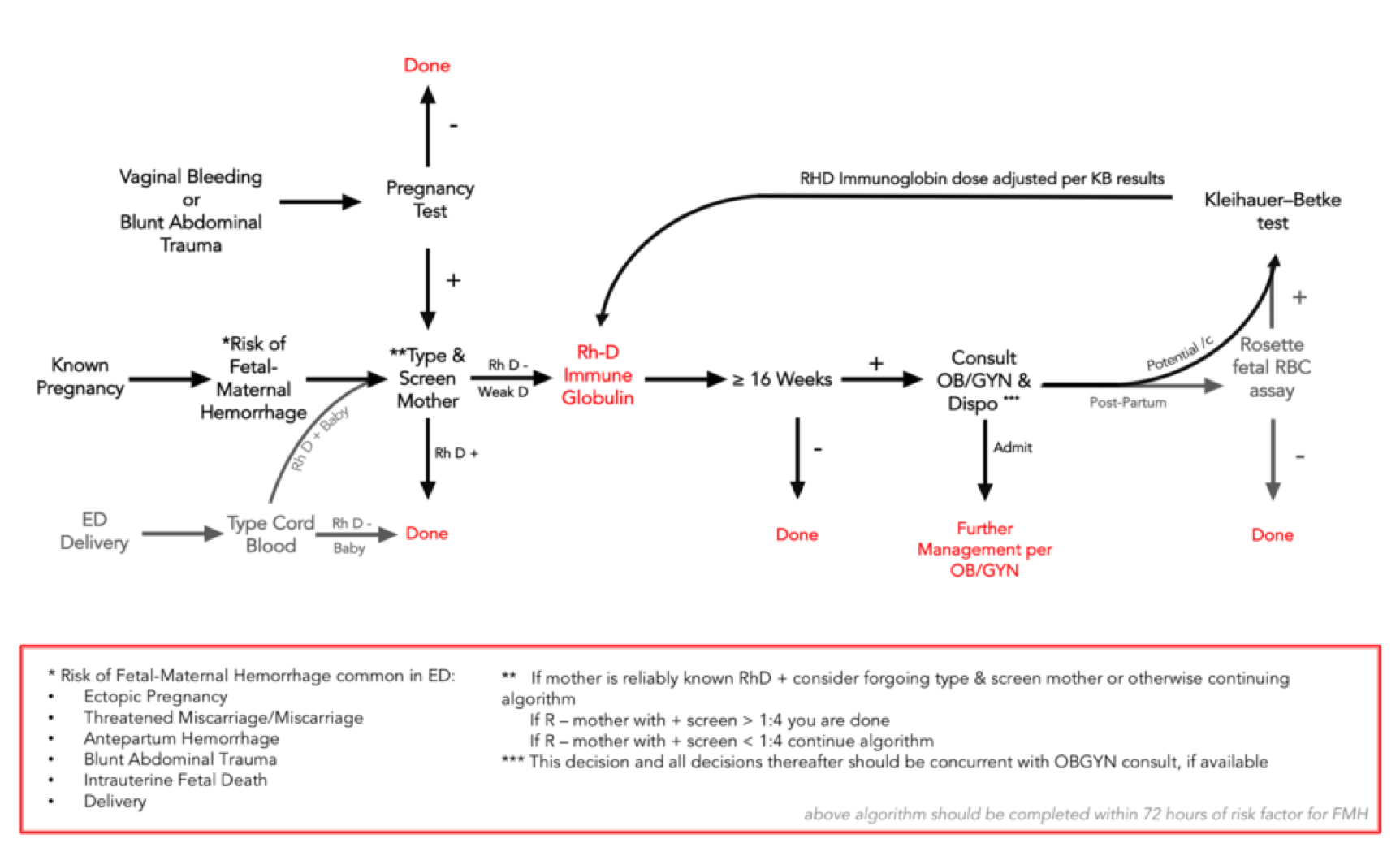The Last Gasp
/It is undoubted that effective airway management is a critical link in the care of patients with both in-hospital cardiac arrest and out-of-hospital cardiac arrest. But how exactly should one manage the airway? What results in the best outcomes for our patients? Should we be aiming to intubate every patient? Or, are extraglottic devices as effective (or more effective)? What about the good old bag-valve mask? In our most recent Journal Club we explored the evidence surrounding airway management in cardiac arrest, covering 3 high impact articles. We also touch on an abstract presented at the 2018 SAEM Academic Assembly which should add significantly to the body of literature when it is published in full. Take a listen to our recap podcast below and/or read on for the summaries and links to the articles.
Read More











